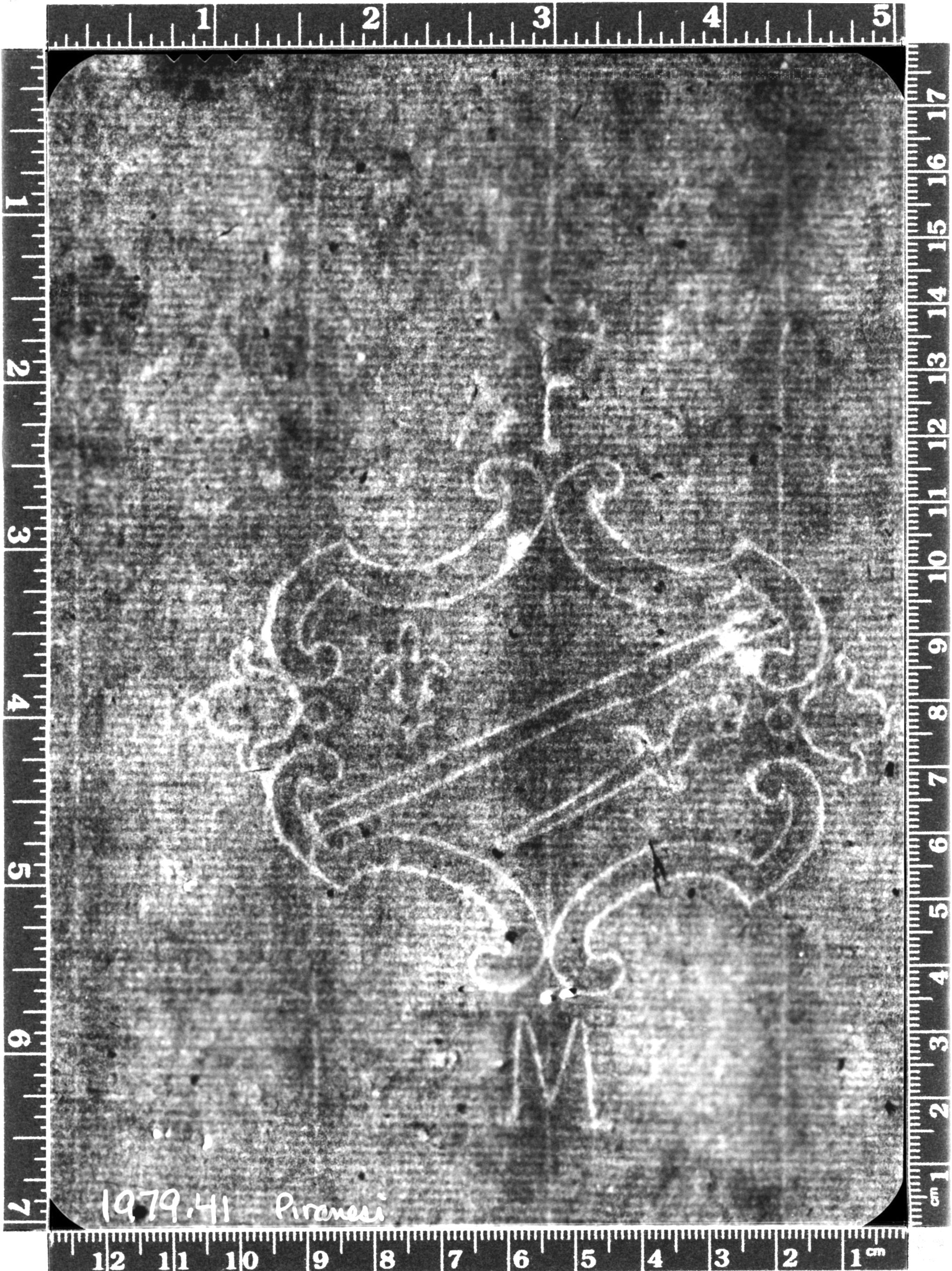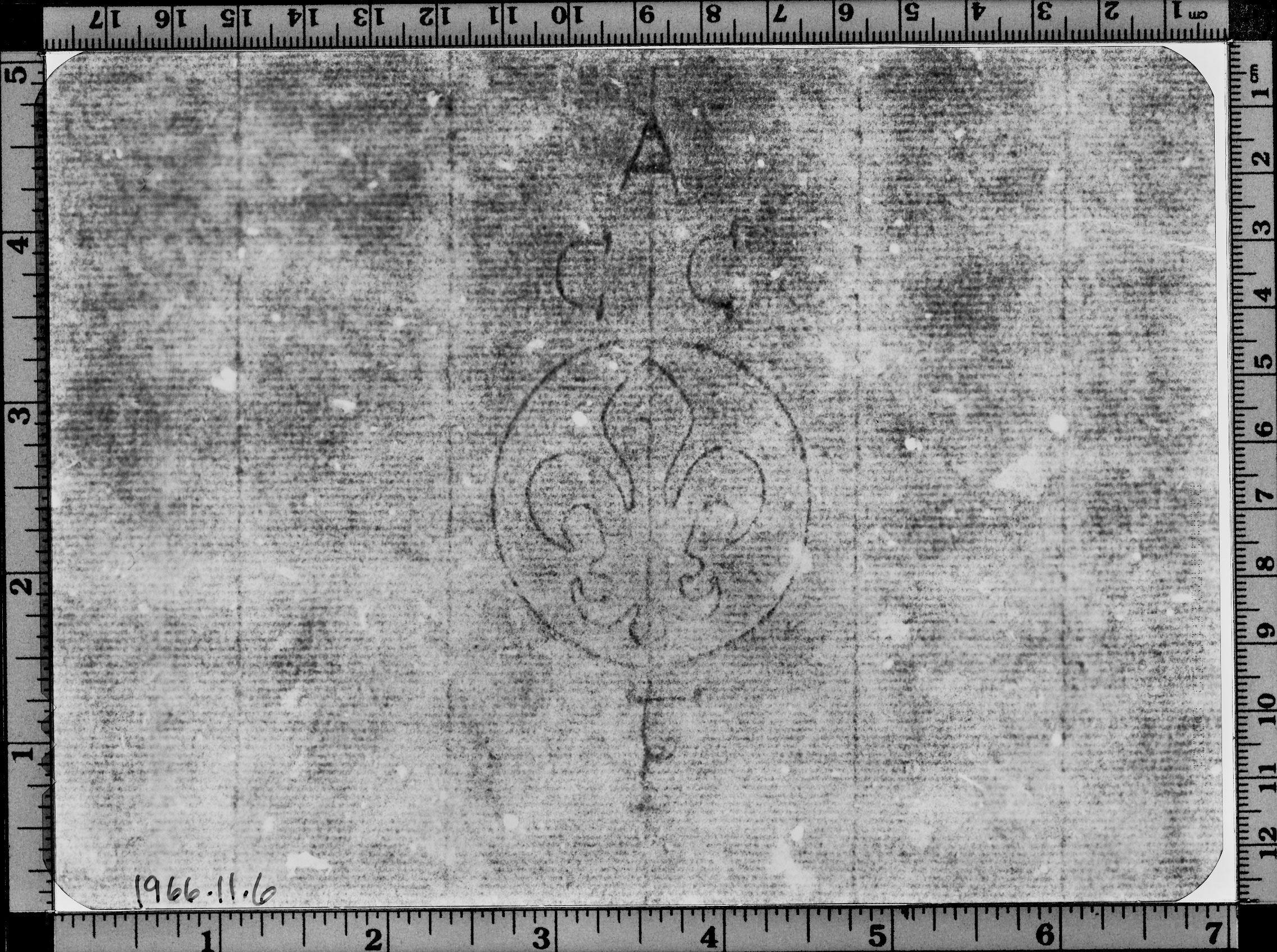

Piranesi’s perception caused him to be described as madman or idiosyncratic. Thus Piranesi placed Romans in another aesthetical category which the eighteenth century called ‘the sublime’. Secondly, he distinguished Roman from Grecian architecture identified with ‘ingenious beauty’. Concerning origins, he developed a history of architecture not based on the East/West division, and supported this by the argument that Roman architecture depended on Etruscans which was rooted in Egypt. Piranesi, however, conceived of these two debates as one interrelated topic. He has thus been excluded from the ‘story’ of the progress of western architectural history. Both of these served the identification of Piranesi as ‘unclassifiable’. The former interpretation derived from Piranesi’s position on aesthetics, the latter from his argument concerning origins. The second is the mode of codification of architectural history. The vectors of approach yielding misinterpretation of Piranesi derived from two phenomena: one is the early nineteenth-century Romanticist reception of Piranesi’s character and work. But Piranesi was misinterpreted both in his day and posthumously. He is numbered foremost among the founders of modern archaeology. He posited crucial theses in the debates on the ‘origins of architecture’ and ‘aesthetics’. In addition, Gucker-Kanter, Quintana, and recent YSoA graduates David Bench (M.Arch ’12) and Can Bui (M.Arch ’12) helped prepare the exhibit for presentation in Venice.In the architectural, historical, and archaeological context of the eighteenth century, Italian architect Giovanni Battista Piranesi (1720-1778) played an important role. The participating students are Daisy Ames, Adrienne Brown, Aaron Dresben, Caitlin Gucker-Kanter, Nicholas Kehagias, Amy Kessler, Ollie Nieuwland-Zlotnicki, Talia Pinto-Handler, Otilia Pupezeanu, Teo Quintana, Aaron Schiller, and Melissa Shin - all M.Arch ’13. Each revisits Piranesi’s etchings, proposing answers to the inherent questions they raise about the relationship of architecture to ground, following the theme of “Common Ground.”Īccompanied by the students’ study of Piranesi’s architectural inventions, the work will be on display in the Central Pavilion of the Giardini in Venice, Italy for the duration of the biennale.

Titled “The Piranesi Variations,” this multipart endeavor focuses on Giovanni Battista Piranesi’s 1762 “Campo Marzio dell’antica Roma,” a folio of six etchings that depict his fantastical vision of what ancient Rome might have looked like, derived from years of archaeological and architectural research.Įach of the models created for this exhibition is 8 x 10 feet at its base - double the size of the folio.

With access to Piranesi’s original folio, housed in Yale’s Beinecke Rare Book and Manuscript Library, Eisenman’s students “re-invented” Piranesi’s Rome as a detailed gold-painted 3D-printed model at the scale of the original etching - the first of its kind. The director of the Biennale, Sir David Chipperfield, invited the internationally renowned architect and theorist Eisenman to propose a project for the Central Pavilion at the Venice exhibition, which this year is organized around the theme “Common Ground.” Eisenman, in turn, invited his Yale students to contribute the historical analysis produced in the seminar as a platform for three contemporary interpretations of Piranesi’s drawing - one from Eisenman’s own New York office, Eisenman Architects a second from the architecture critic Jeffrey Kipnis of Ohio State University and a third from architect Pier Vittorio Aureli of the Belgian office DOGMA, who will be joining the YSoA faculty in spring 2013.

Stern has been chosen to chair the prize jury for the exhibition (see story), while Eisenman, the Charles Gwathmey Professor in Practice at Yale, and students from his second-year spring seminar are exhibiting a project that provides a new dimension, literally, to a landmark work by 18 th-century engraver, mapmaker, and architect Giovanni Battista Piranesi (1720–1778) Stern, professor Peter Eisenman, critic Matthew Roman, and 14 of their students - have a prominent presence at the 13th International Architecture Biennale in Venice, which runs through Nov 25. Yale School of Architecture (YSoA) - represented by Dean Robert A.M. The students' creation will be on display in the Central Pavilion of the Giardini in Venice, Italy for the duration of the biennale.


 0 kommentar(er)
0 kommentar(er)
